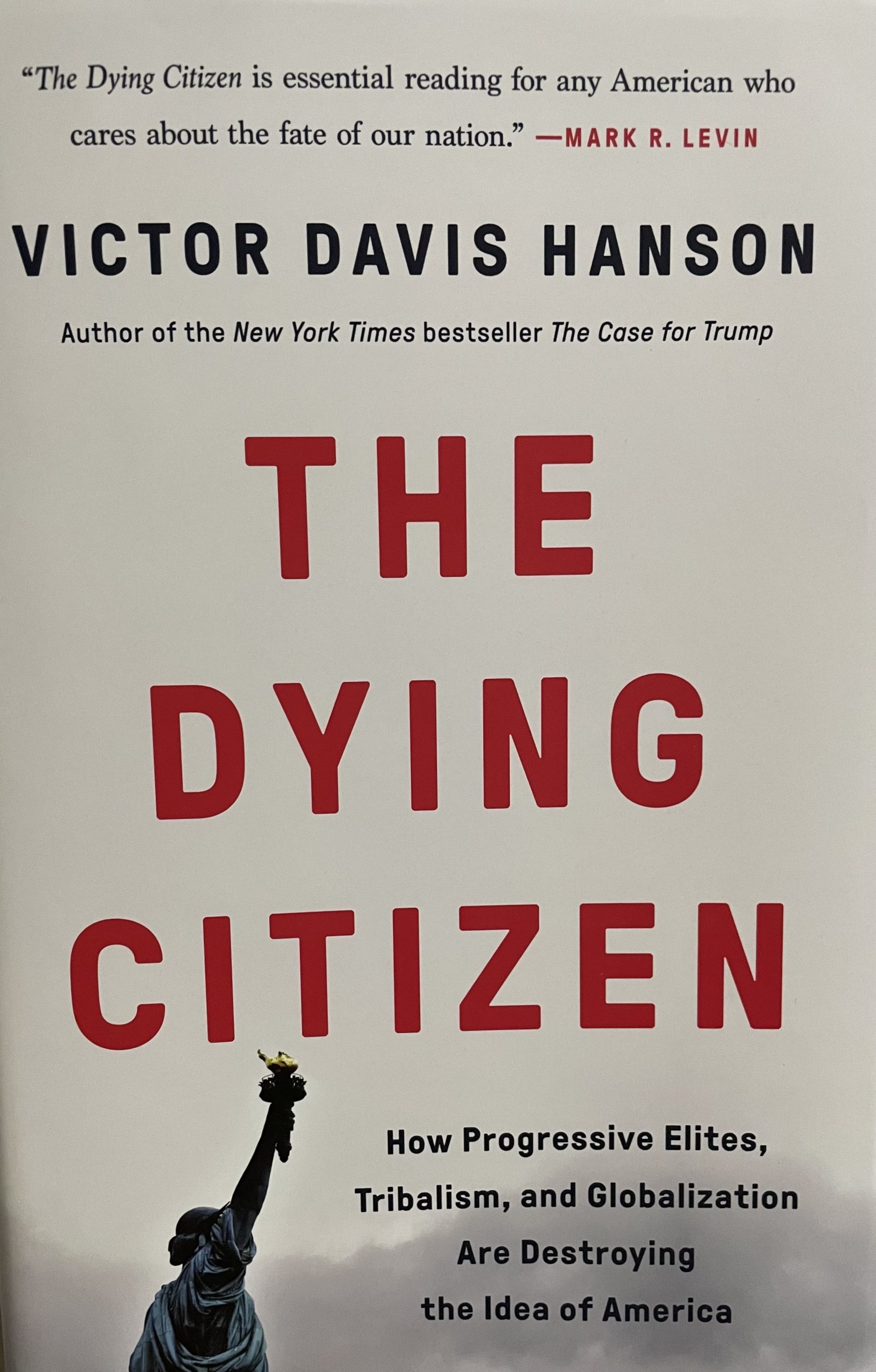New “green” regulations being considered by the Environmental Protection Agency (EPA) could put small businesses in the red, warned some panelists at an American Enterprise Institute (AEI) discussion on July 24th.
While the climate change bill for greenhouse gas (GHG) reduction that passed the House will not come up in the Senate until at least September, the EPA is still vigorously pursuing a plan that will allow the agency to regulate GHG emissions under the 1963 Clean Air Act (CAA) by the middle of 2010. Critics say that this proposal could have a disastrous financial impact on schools, hospitals and even religious institutions.
“This [plan for regulation] is not easy and it’s not cheap,” said Ross Eisenberg, legal counsel for the Chamber of Commerce, which opposed the proposed regulations. “We think Congress should be resolving this issue, we should not be opening the Clean Air Act [to regulate GHG].”
According to the EPA’s plan, the agency will first classify GHGs emitted from cars and small trucks as a “public endangerment” under the CAA, forcing auto manufacturers to build more energy-efficient vehicles. “The Administrator is…proposing to find that greenhouse gas emissions from new motor vehicles and new motor vehicle engines are contributing to the concentration of greenhouse gases in the atmosphere,” says the EPA website.
Once GHGs become subject to regulation, the EPA would be able to make it compulsory for businesses emitting over 250 GHG tons per year to apply for Prevention of Significant Deterioration (PSD) permitting under the CAA. “If the Agency determines…that it should establish controls for greenhouse gas emissions under the Clean Air Act, the interpretation established here would require PSD permits to contain limitations on carbon dioxide when, and if, EPA promulgates regulations establishing those controls,” stated EPA Administrator Stephen P. Johnson in a December 18, 2008 memo.
The EPA is planning to focus its regulations specifically on coal manufacturing and other high-emissions industries, but opponents of this proposal say rogue environmental groups will be able to pressure the EPA into forcing smaller businesses and even stationary buildings to obtain PSD permits as well.
According to Eisenberg, over 1.2 million U.S. buildings that emit over 250 GHG tons per year will become exposed to PSD under the EPA’s new proposal. He also argues that the new CAA regulations “will delay virtually all construction in the U.S.” Estimates from the Chamber of Commerce show that in 2008 the EPA’s PSD process cost individual applicants $125,120 and took six to 12 months to complete.
However, supporters of the EPA’s plan say that the PSD problem can be easily remedied and critics are just using this argument as a front to attack the entire proposal. “If the Chamber [of Commerce] was really interested in solving this problem, as opposed to mau-mauing it, then we could really quickly find practical solutions at the administrative level,” said David Doniger, policy director of the Natural Resources Defense Council. Doniger suggested raising the threshold for PSD review of greenhouse gases to 10,000 or 25,000 tons so that the regulations would be less likely to impact smaller businesses.
National Coal Campaign Director of the Sierra Club Bruce Nilles said that he also supported a similar compromise, and wondered whether the argument over PSD requirements was just a “whipping boy” that the Chamber of Commerce was using to “bring down the whole clean air act.”
“We certainly support any legislation that would prevent PSD,” said Eisenberg, though he conceded that “there’s a lot more that needs to be done.”
The Center for Biological Diversity, a fringe environmentalist group with a history of litigation, has already begun preparing a lawsuit that will force the EPA to regulate small GHG-emitters under PSD requirements as soon as the new proposal is implemented, said Eisenberg and AEI scholar Kenneth P. Green. The Center for Biological Diversity has not yet responded to requests for comment.
Alana Goodman is an intern at the American Journalism Center, a training program run by Accuracy in Media and Accuracy in Academia.











